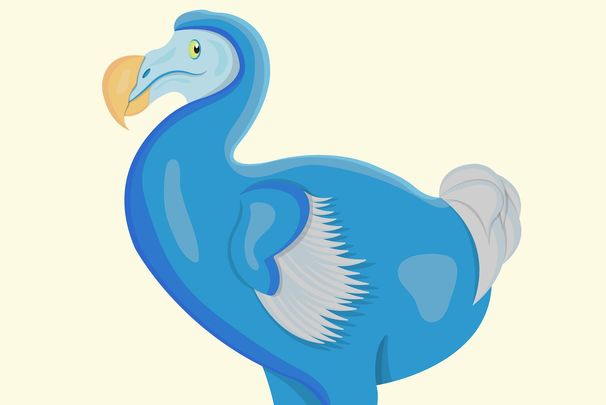Academics at the Grant Museum, part of the University College of London, made a rare find in an old box found in an Irish pub in 2011.
The Edwardian box, which they bought from the pub, contained bones of the extinct dodo along with a small model of the bird.
The staff of the Grant Museum are no strangers to odd finds. The museum already contains a sweet jar full of pickled baby moles, the skull and antlers of an extinct species of giant deer and now the dodo found in an Irish bar.
The bones had remained undetected in the box as they had been thrown in with the bones of crocodiles. Jack Ashby the museum's learning access manager, told "The Guardian" newspaper, "They do have common characteristics, crocodiles and birds…It was an understandable mistake."
The remains of the dodo are an exceptional find. No complete specimen survives. The bones are now displayed next to the quagga, an extinct South African relative of the horse.
What was a dodo?
The dodo is an extinct flightless bird of Mauritius (an island of the Indian Ocean), one of the three species that constituted the family Raphidae. The birds were first seen by Portuguese sailors in about 1507 and were exterminated by humans and their introduced animals. The dodo was extinct by 1681, the Réunion solitaire by 1746, and the Rodrigues solitaire by about 1790. The dodo is frequently cited as one of the most well-known examples of human-induced extinction and also serves as a symbol of obsolescence with respect to human technological progress.
The dodo, bigger than a turkey, weighed about 23 kg (about 50 pounds). It had blue-gray plumage, a big head, a 23-cm (9-inch) blackish bill with a reddish sheath forming the hooked tip, small useless wings, stout yellow legs, and a tuft of curly feathers high on its rear end.
* Originally published in 2011, updated in Jan 2023.




Comments